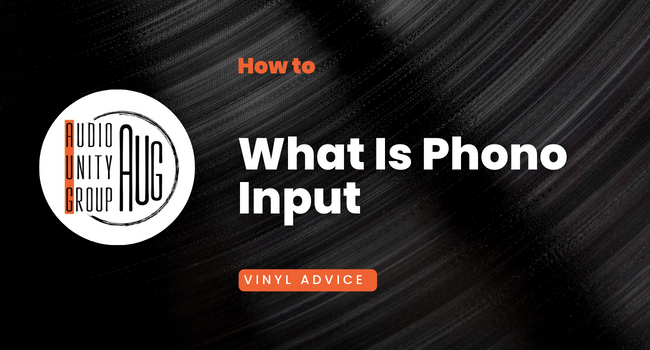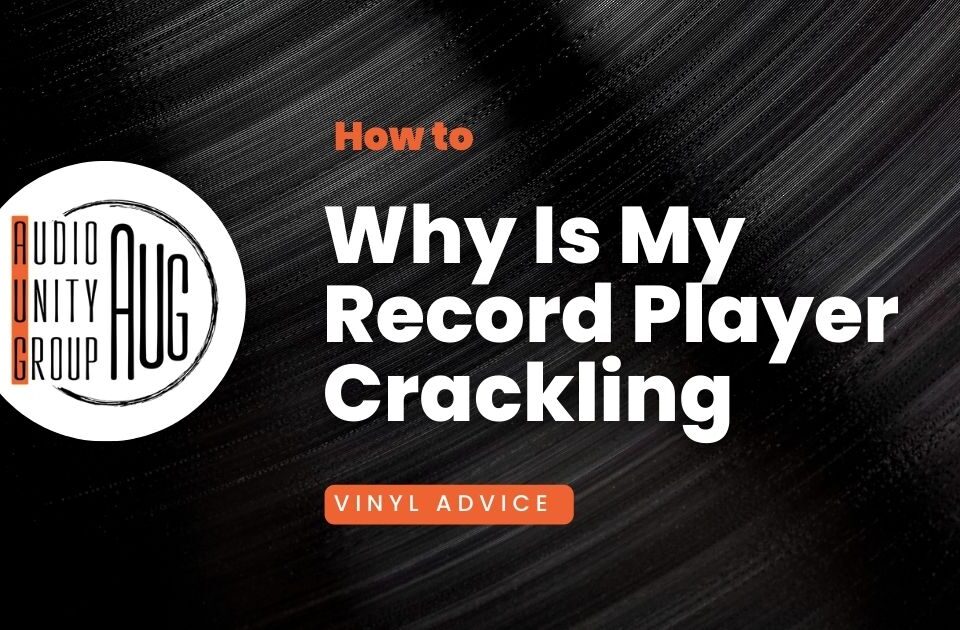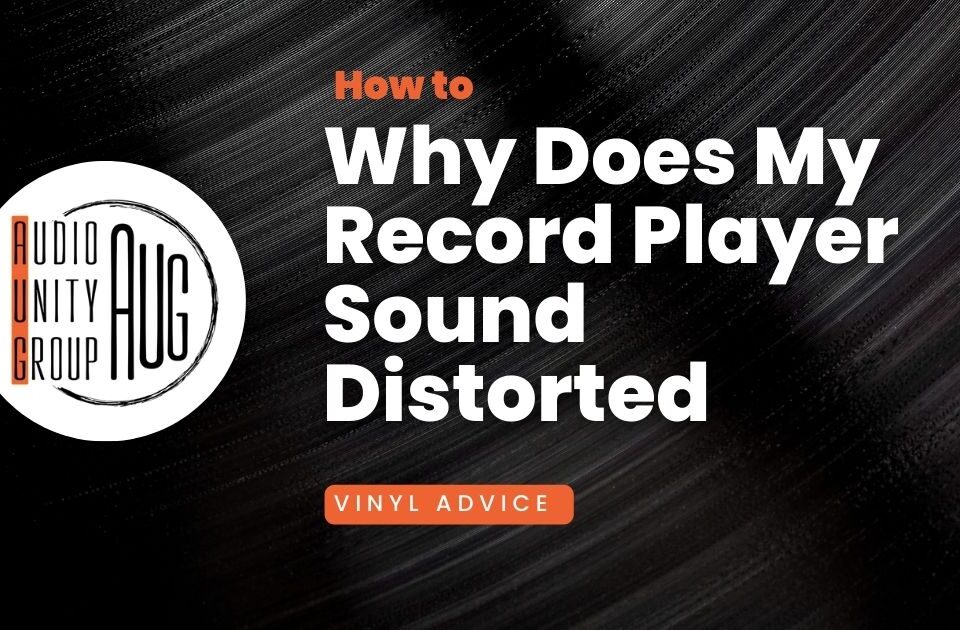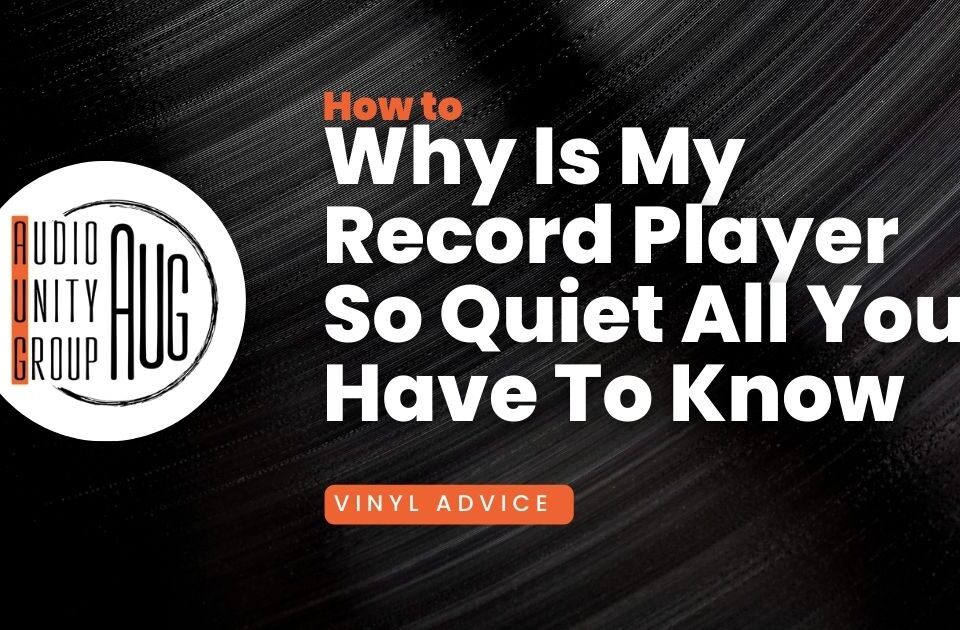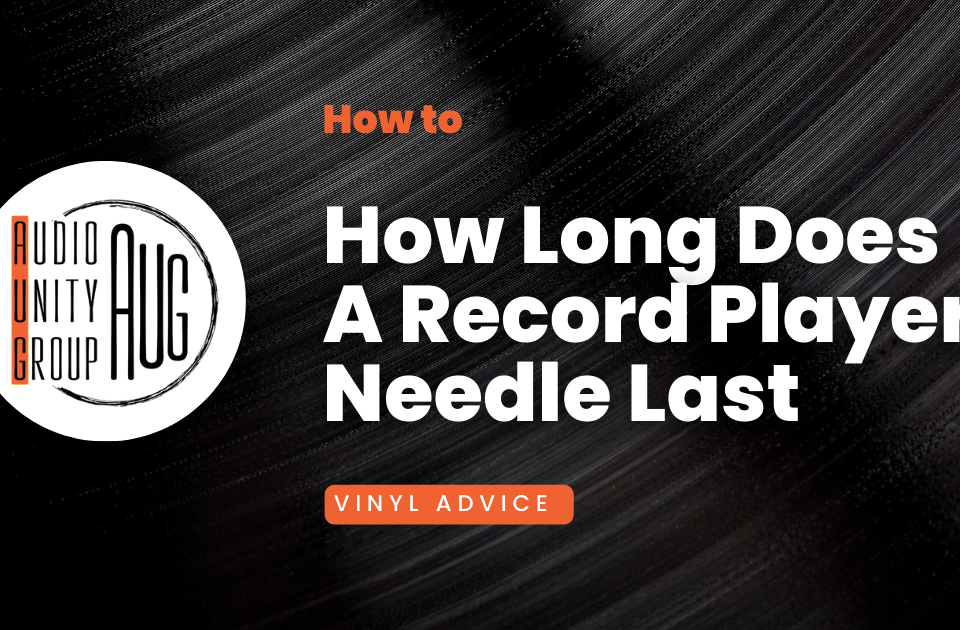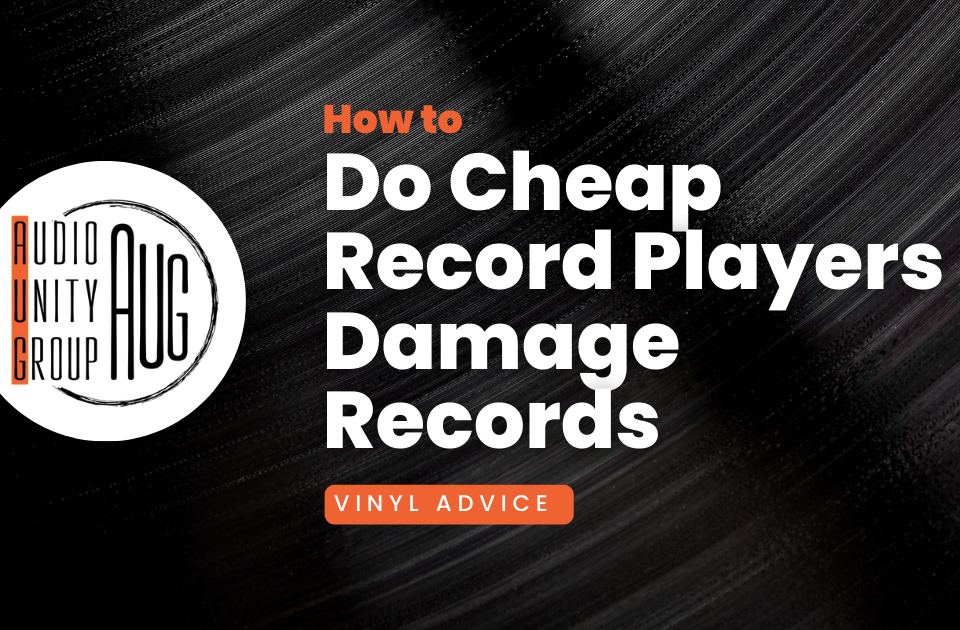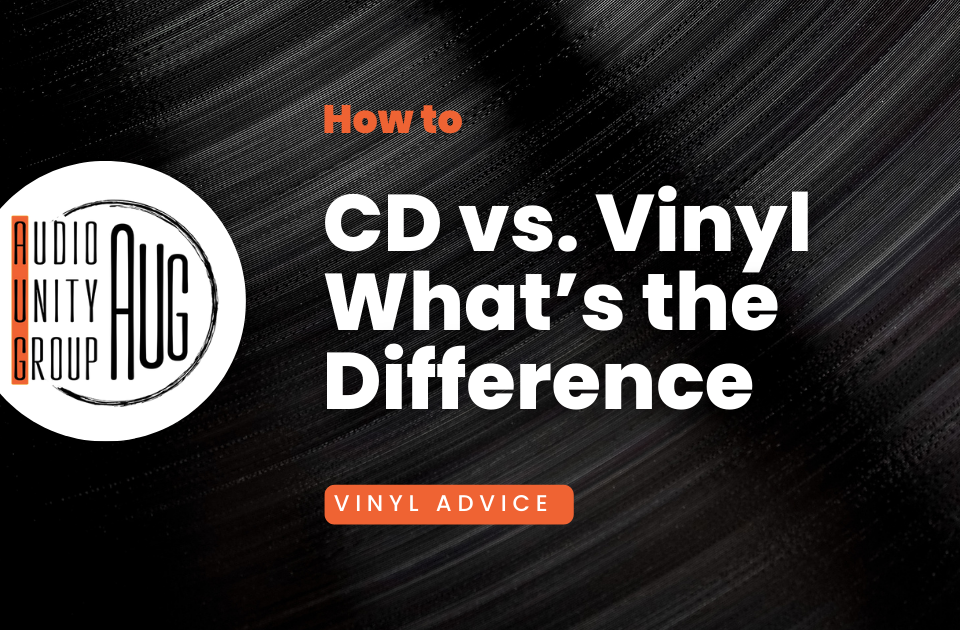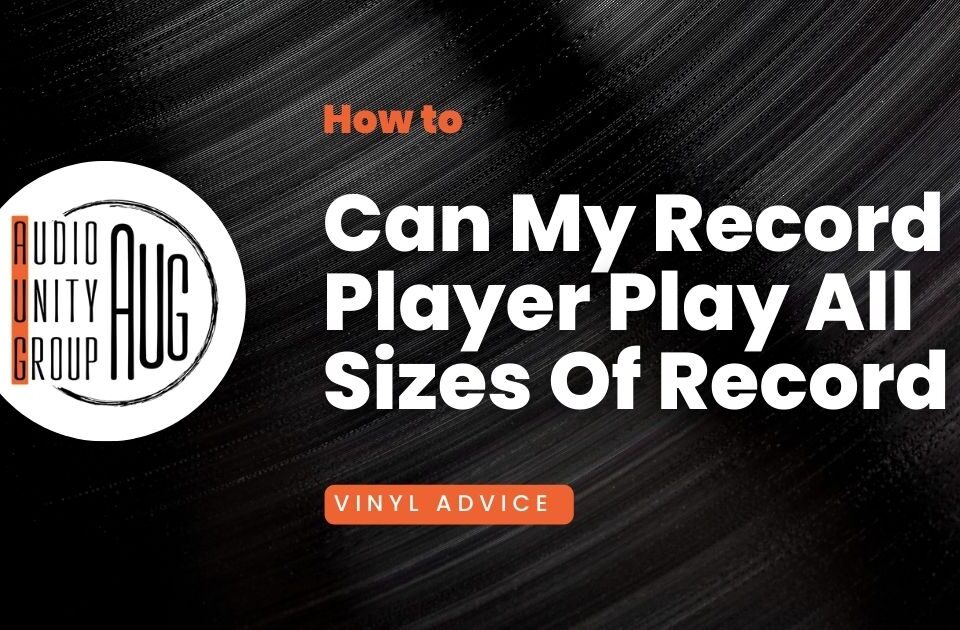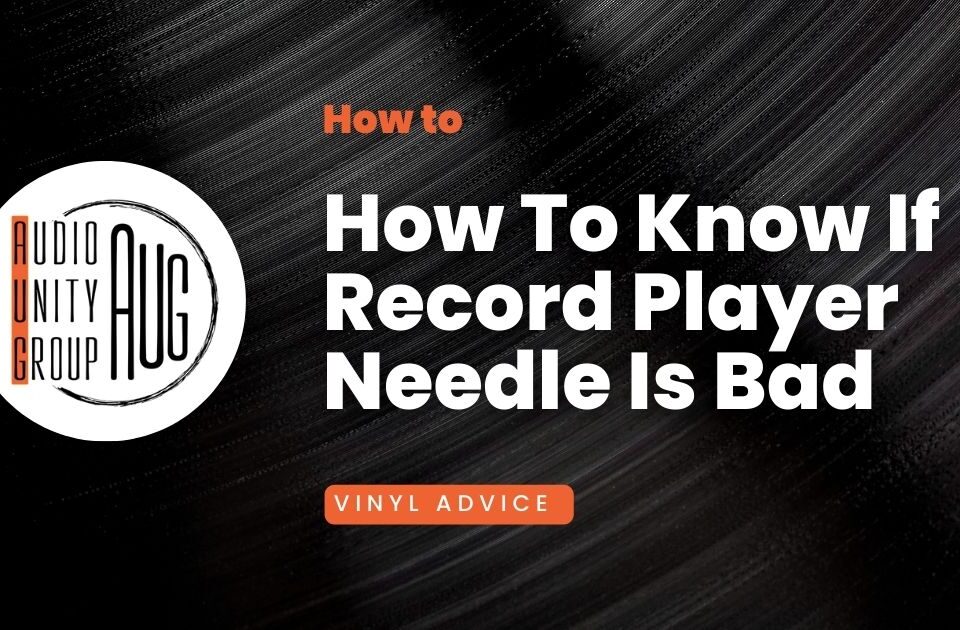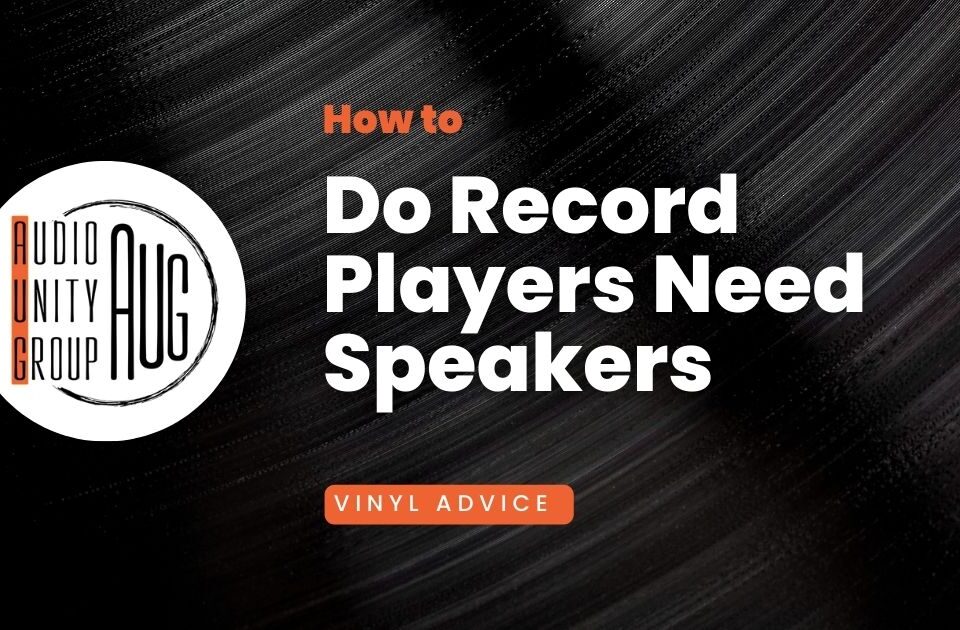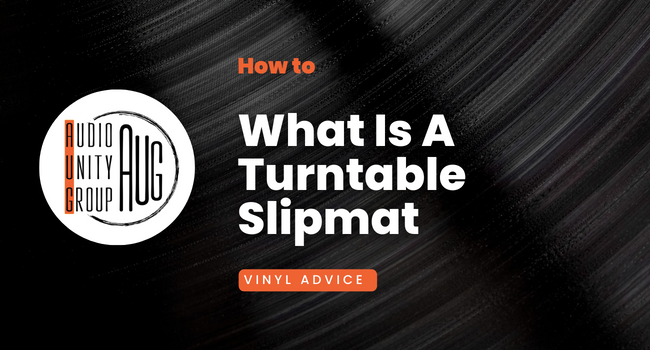
What Is A Turntable Slipmat? All You Should Know
April 28, 2023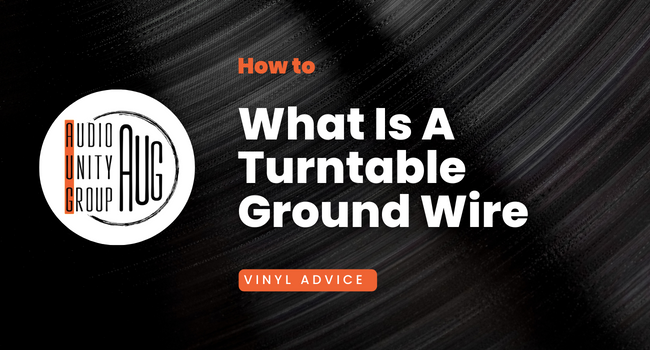
What Is A Turntable Ground Wire: The Guide
April 28, 2023Last Updated on June 9, 2023 by Tom S. Ray
What Is Phono Input
Have you ever wondered what a “phono input” is and why your turntable needs one?
Phono input (also known as phono plugs or RIAA connectors) is an audio jack specifically designed for record players, allowing users to connect their vinyl collection to a sound system.
By understanding the difference between phono inputs and other audio jacks, music lovers can leverage this connection to get the best possible sound quality from their vinyl records (even if you’re a beginner).
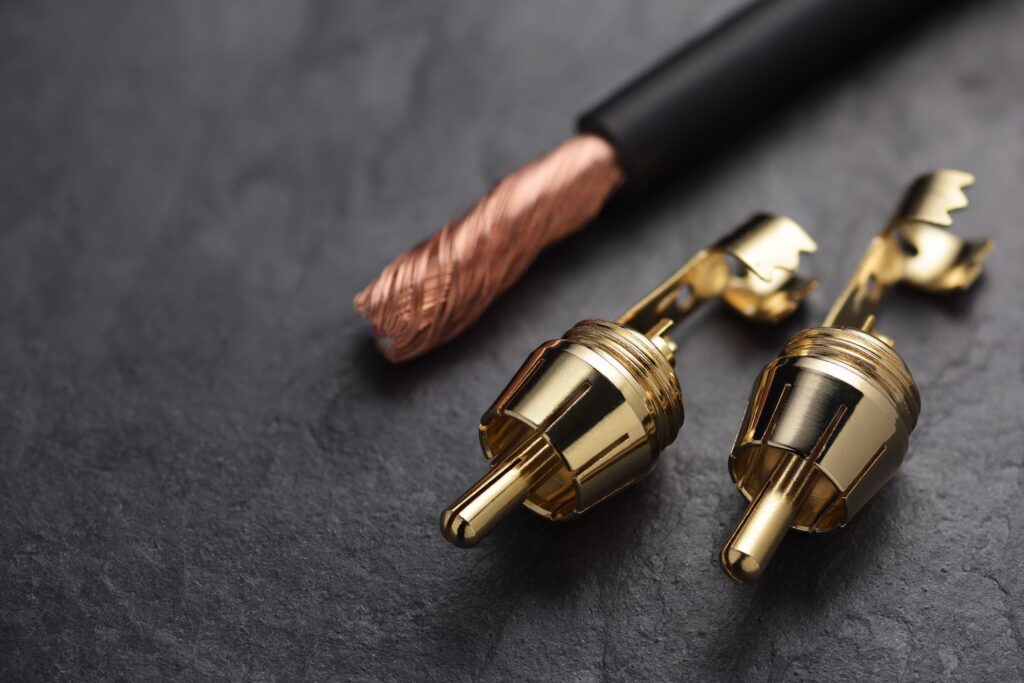
Understanding Phono Input
Phono inputs are designed to accept signals from analog turntables and utilize RIAA equalization, impedance matching, and amplification of low-level signals for optimal sound quality along with ground wiring.
Defining Phono Input And Its Significance In Record Players And Turntables
Phono input is a specialized audio input designed to accept signals from analog turntables or record players. When playing vinyl records on a turntable, the electrical analog audio signal needs to be converted into line level in order for speakers to read it.
To do this, a phono stage – also known as a phono preamp – is required to amplify and equalize the low-level phono signal before it can be heard properly through a speaker system.
When transferring the sound vibrations of LP’s into an electrical current for output, certain industry standards like RIAA equalization must be followed with precision if high-quality sound reproduction is desired.
Frequencies must also be impedance matched correctly from the turntable’s cartridge and tonearm assembly so inputs are tailored carefully for that specific device system.
Technical Aspects Of Phono Input Including RIAA Equalization, Impedance Matching, And Amplification Of Low-Level Signals
When it comes to capturing and enjoying the best possible sound from your vinyl record collection, there are three essential components of phono input that must be taken into consideration – RIAA equalization, impedance matching, and amplification.
Firstly, RIAA equalization is used to compensate for the frequency response of vinyl records. The VinylTrak Phono Preamp uses a network similar to one designed in the 1980s which successfully corrects for this troubling characteristic of a record player’s output.
Secondly, properly matched impedance can ensure efficient signal transfer between components while preventing distortion by voltage sources with mismatched impedances—a particularly important factor when using an external amplifier alongside.
Lastly, amplification of low-level signals plays an integral role because magnetic cartridges typically produce small output levels due to their size and design (especially moving coil models).
To boost these small signals adequately so they can be amplified further down the line requires specialist equipment like Pro-Ject’s Phono Box – which provides both exceptional performance as well as value for money.
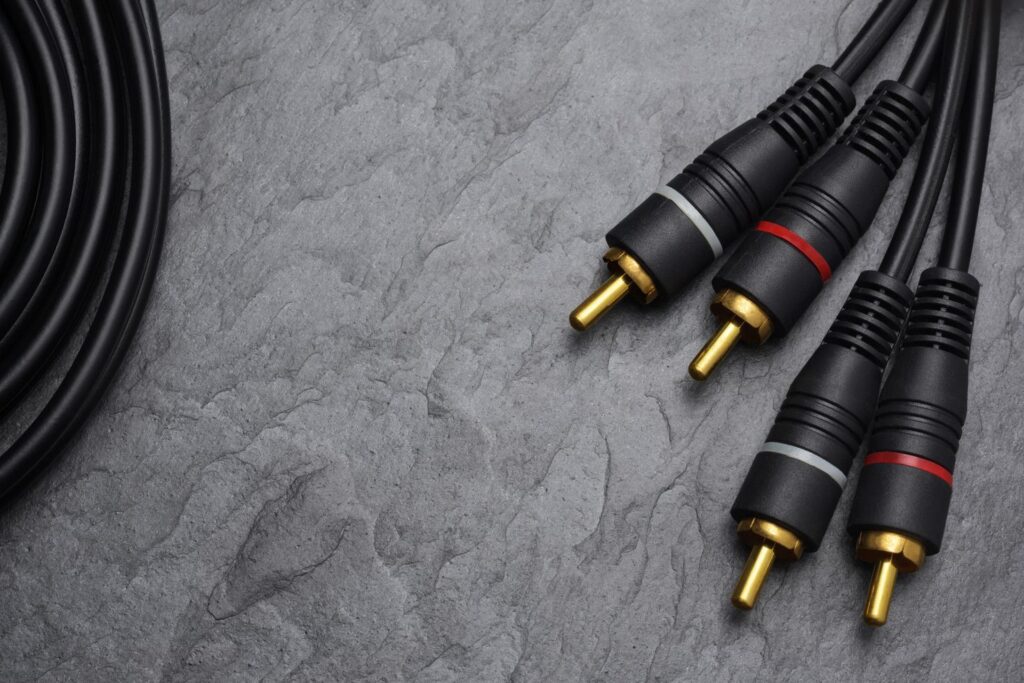
Types Of Phono Inputs
The types of phono inputs you might come across include Moving Magnet (MM) and Moving Coil (MC) cartridges, as well asMoving Iron (MI) and tube-based devices.
Moving Magnet (MM) And Moving Coil (MC) Cartridges
When it comes to choosing a turntable, one of the most important decisions you’ll make is what type of phono cartridge your record player should have.
Moving Magnet (MM) and Moving Coil (MC) cartridges are the two main types used in vinyl playback today, both relying on a tiny, powerful magnet attached to the stylus or needle which moves back and forth to generate an electrical signal from the record grooves.
Each has its own strengths and weaknesses when it comes to sound quality and accessibility for upgrading and replacing components.
Moving Magnet cartridges are more popular than Moving Coils due their greater compatibility as well as user-replaceable styluses – all MM cartridges feature a removable stylus which can be replaced quite easily if damaged or worn out with time.
Check that your receiver has PHONO inputs too!
A high-quality MM cartridge will usually reproduce warm clean sounds but won’t produce such rich bass notes compared to its moving coil counterpart, making them ideal for small apartments where loud volumes aren’t necessary.
Moving Coil varieties generally deliver superior sound quality with richer low-end frequency reproduction outputting higher levels of static voltage than MM cartridges – however they require a special preamp in order amplify these low voltages before they’re sent through traditional line level systems like amplifiers or receivers which don’t directly support MC cartridge input signals without assistance.
Moving Iron (MI) And Tube Phono Inputs
Moving Iron (MI) and Tube phono inputs are types of input devices responsible for connecting a turntable to an amplifier or receiver.
MI cartridges use ferrous material that is attached to the cantilever inside a fixed magnetic field, while tube phono inputs use vacuum tubes to amplify the signal from the phono cartridge.
Compared to other types of Inputs, both MI and Tube Phono Inputs provide more accurate sound reproduction as they can often maintain linearity across all audible frequencies.
This makes them ideal for audiophiles who want maximum fidelity out of their vinyl collection.
The Importance Of Phono Preamps When Using A Turntable
Using a phono preamp is critical for ensuring proper operation when connecting a turntable to an audio system, as it enables the boost and shape needed for optimal sound quality.
Built-In Vs External Phono Preamps
Choosing between built-in and external phono preamps for your turntable is an important decision for any DJ or vinyl enthusiast. Built-in preamps are part of the overall stereo system, usually integrated into the amplifier itself.
This option creates a simplified setup, but results in less power output as compared to an external preamp which requires another connection.
External phono preamps offer increased volume output and improved sound quality due to their larger power rating and can provide better impedance matching to ensure proper signal transmission from the cartridge to the receiver.
When looking into different models of phono preamps, it’s important that you look at not just their power ratings, but their gain control and impedance matching capabilities too.
Good examples of higher end built-in phono cartridges include Cambridge Audio’s Little Amplifier range while popular options for external models may include Pro-Ject Audio Systems’ Phonobox E MM/MC Preamp or U-Turn Audio’s Orbit Plus Preamp MM PrE Q2A model depending on your budget ranges.
Impedance And Gain Control
When using a phono input, impedance and gain settings are extremely important for getting the best possible sound quality from your vinyl collection.
Impedance is used to describe the resistance of an electrical signal, which affects how well signals pass through a medium like interconnecting cables or amplifier circuits.
When it comes to achieving optimal sound quality with a turntable, proper levels of impedance ensure that signals get transmitted efficiently from one component to another without any interference or distortion.
Gain control relates to amplifying a low-level audio signal so that it can be perceived at an audible level by a listening audience.
When setting up your turntable, you’ll want to adjust the amount of amplification going into each channel based on how loud you want the music and whether or not there is any noise coming in on either channel as well as other factors such as room acoustics.
Setting Up And Using A Phono Input
From connecting the turntable to adjusting the volume and tone controls, properly setting up your phono input is essential for enjoying crystal clear sound quality from your vinyl record collection.
Connecting Your Turntable And Phono Preamp
The necessary steps for connecting your turntable to a phono preamp or receiver’s phono input will vary depending upon your specific setup. First, you’ll need the appropriate cables and connections.
You’ll want to use an RCA cable with stereo connectors (red and white) as well as grounding wires that come with most turntables. Once everything is plugged in, check all connections and make sure they are secure before proceeding further.
Next, adjust any settings on the preamp according to their instructions within.
Adjusting Volume And Tone Controls
When using a phono input with a turntable, it is important to adjust the volume and tone controls in order to get the best sound quality. The correct balance of volume and tone will ensure that you are getting optimal audio performance from your vinyl record collection.
To start, find the right gain levels for your turntable. If there’s too much signal (volume), then the sound may become distorted or jumpy when playing back records.
Conversely, if there’s too little signal (volume) then you won’t get full sound reproduction from your speakers.
Ideal ranges depend on individual listening preferences but as a general rule-of-thumb an average level should be between -5 and +3 dB according to Audio Technica’s instructions for setting phono gains accurately on its AT60 Series Turntables.
After adjusting these settings accordingly it is sensible check again once playing music through them even though no manual change needs taking place afterwards .
Proper Grounding Techniques
When setting up and using a phono input, you must ensure that the unit is properly grounded.
If your turntable does not have an internal preamp then a good ground connection between the turntable and amplifier can result in clearer sound by reducing noise and interference on the audio signal.
There are several different methods for grounding your device, such as connecting with an appropriate ground wire or using a dedicated ground loop isolator.
Additionally, if available in your equipment setup, identifying units with a built-in ‘ground’ connection such as within most phono preamps can provide security against hum issues before they occur.
Enjoying The Best Possible Sound Quality From Your Vinyl Record Collection
Using the right equipment combined with proper setup and maintenance can go a long way in ensuring that you get to enjoy the best quality of sound possible from your vinyl record collection.
Phono inputs are an essential part of any turntable setup, as they allow for full enjoyment of all the nuances and subtle details found on analog recordings.
By connecting your turntable to a receiver or amplifier that has a phono input, then coupling it with either an external phono preamp or built-in one (depending on your device’s features), you can utilize RIAA equalization technology, which helps restore highs and lows lost in playback for improved listening quality.
Sometime you might want to use a slipmat to add a little twist to your vinyl playback (especially if you want some friction free spinning).
It is also important to use correctly matched impedance levels between components such as cartridges, stylus, receivers/amplifiers etc.,as well as ample amplification so low frequency sounds are audible even at lower volume output levels.
Thanks for reading.
Tom
FAQ
What is the difference between phono and line inputs?
Phono inputs are specifically designed for connecting turntables, while line inputs are for other audio sources like CD players, digital streamers, or auxiliary devices. Phono inputs have a built-in phono preamp and equalization compared to line inputs, allowing them to properly boost the signal output from a turntable’s phono cartridge and reproduce the original sound faithfully.
Why do turntables need a phono preamp, and what does it do?
Turntables need a phono preamp to amplify the low-level signal output from a turntable’s phono cartridge to a line-level signal suitable for amplification by a stereo receiver or amplifier. The phono preamp also applies a specific equalization curve (known as the RIAA curve) to the signal, which helps to recreate an accurate representation of the music’s high and low frequencies.
Can I connect a turntable to a stereo receiver without a built-in phono input?
Yes, you can connect a turntable to a stereo receiver without a built-in phono input, but you will need an external phono preamp to amplify and equalize the turntable’s audio signal before connecting it to a line input on the receiver. This will ensure that you achieve the best possible sound quality from your turntable.
How do I know if my stereo receiver has a phono input?
You can determine if your stereo receiver has a phono input by looking at the input connectors on the back of the unit. A phono input is typically labeled “Phono” and features left and right RCA connectors. If you see an input labeled “Line” or “Aux,” these are line inputs and not suitable for direct connection to a turntable without a phono preamp.
Can I use a line input on my receiver for my turntable if I don’t have a phono input?
Yes, but only if you use an external phono preamp to convert the phono signal from your turntable into a line-level signal. Connecting a turntable directly to a line input without a phono preamp will result in weak audio and an incorrect equalization, making the music sound distorted and lacking in high and low frequencies.
What is the difference between a built-in phono preamp and an external phono stage?
A built-in phono preamp is integrated into a stereo receiver or amplifier and is specifically designed to work with the associated device. An external phono stage (also called an external phono preamp) is a standalone device used to amplify and equalize the audio signal from a turntable. Both types serve the same purpose, but an external preamp offers more flexibility in system configuration and may provide better sound quality, depending on the specific model and components.
How do I know if my turntable has a built-in phono preamp?
You can determine if your turntable has a built-in phono preamp by examining its output connections. If your turntable has a switch labeled “Phono” and “Line” or has a separate line output alongside the phono output, it may have a built-in phono preamp. Consult the user manual for your specific turntable model to confirm this feature.
Will using an external phono preamp provide better audio quality than a built-in one?
The audio quality provided by an external phono preamp compared to a built-in phono preamp depends on various factors, including the quality and design of both the standalone and built-in preamps and the overall audio system. While some standalone phono preamps may provide an improvement in audio quality, it is essential to choose one compatible with your specific turntable and audio system for the best results.
Can I connect my turntable to multiple audio systems if it has both a phono and line output?
Yes, you can connect your turntable to multiple audio systems if it has both phono and line outputs. You can connect the phono output to a receiver or amplifier with a dedicated phono input, and the line output (from the built-in phono preamp) can be connected to another audio system with only line inputs. This setup allows you to enjoy your vinyl records on different audio setups without needing separate phono preamps.
Can I remove the built-in phono preamp from my turntable and use an external one instead?
While some turntables allow you to bypass a built-in phono preamp or remove it entirely, many do not provide this option. Consult your turntable’s user manual to determine if this is possible for your specific model. If you can bypass or remove the built-in phono preamp, using a high-quality external preamp may improve the audio quality of your vinyl playback, depending on your audio system.



